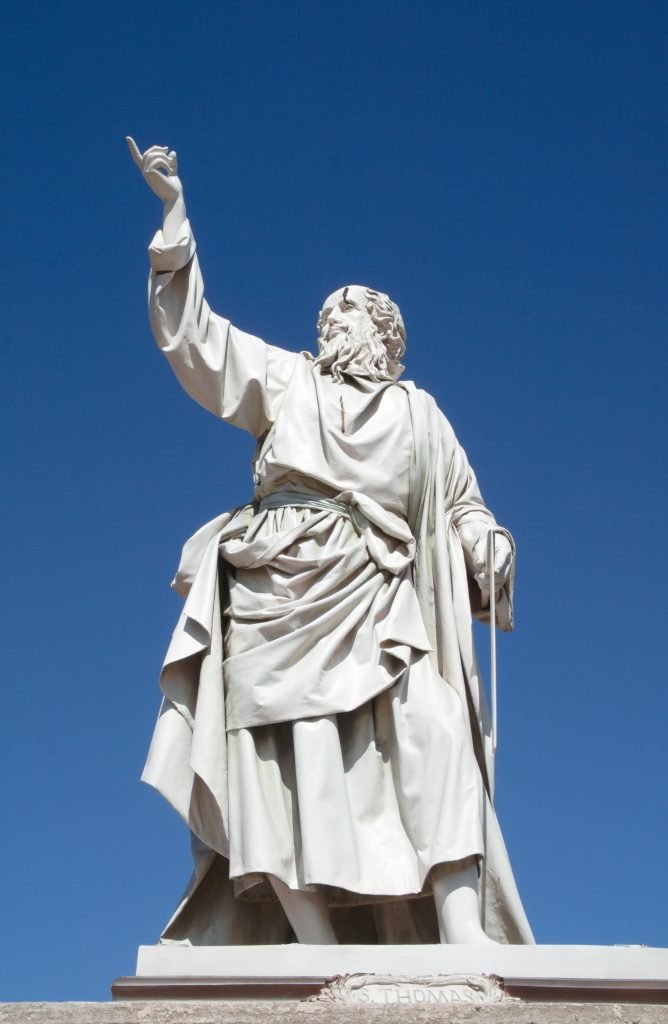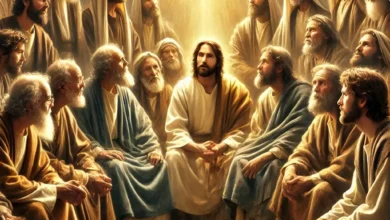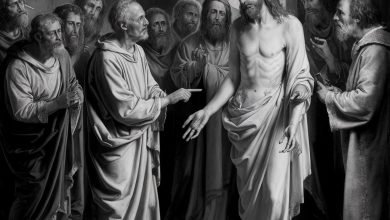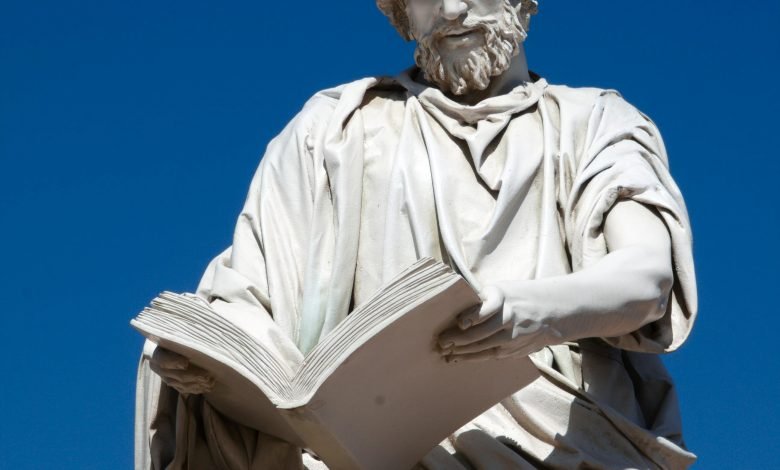
Who were Philip the Apostle and Philip the Evangelist in the Bible?
The Apostle Philip does not hold a high place in the list of famous Biblical figures for most people. In fact, you might not know that there are two Philips mentioned in the New Testament. In this text, we will explore what we know about the first Philip and what we can learn from him.
In the New Testament, several individuals named Philip are mentioned, but the two most prominent ones are “Philip the Apostle” and “Philip the Evangelist.”
Philip the Apostle was one of the twelve main apostles chosen by Jesus Christ. There aren’t many details about his individual actions in the Gospels. However, he is mentioned several times, particularly when he brought Nathanael to Jesus (John 1:43-46) and during the feeding of the 5,000, where he discussed the logistics of feeding such a large crowd with Jesus (John 6:5-7). His role is mainly seen as a follower who interacted directly with Jesus throughout His ministry.
“Philip the Evangelist,” often referred to as “Philip the Deacon,” is introduced in the Acts of the Apostles as one of the seven deacons appointed to distribute food and assist the widows in the early Jerusalem church (Acts 6:1-6). He played a significant role in the early spread of Christianity outside Jerusalem. Notably, he preached the gospel in Samaria (Acts 8:4-13), later explained the scriptures to an Ethiopian eunuch, and baptized him, which was a pivotal event in the spread of the gospel to Africa (Acts 8:26-40).
Philip the Apostle was one of the twelve main apostles known for his practicality and occasional skepticism in matters of faith. Although Philip often did not grasp the overall picture of who Jesus was and what He was capable of, Christ sought him out, called him, and chose him as a light to the nations and a pillar for His church.
Read More : Who Was Jezebel in the Bible and What Did She Do?
فرست محتوا
Philip the Apostle in the Bible
Aside from listing the twelve disciples of Jesus found in Matthew 10:2-4, Mark 3:16-19, Luke 6:14-16, and Acts 1:13, the individual stories featuring Philip as a main character are only found in the Gospel of John.
In a sense, John wrote his gospel from a different perspective and with a distinct focus compared to his fellow gospel writers. He includes details, characters, and stories from Jesus’ life and ministry that others do not mention. Philip plays a prominent role in several of these stories.
Additionally, Philip, from the town of Bethsaida (John 1:44), the same hometown as Andrew and Peter, might have been familiar with Andrew and Peter as well as James and John.
Could Philip have been friends and fellow fishermen with James, John, Peter, and Andrew before following Christ? It’s entirely possible. In fact, there is reason to believe that after the resurrection, when Peter went fishing with Thomas, Nathanael, the sons of Zebedee, and “two other” disciples, the other individuals were likely Andrew (Peter’s brother) and Philip (John 21:2-3). The Gospel of John shows that Philip often accompanied Nathanael, who was his best friend.
Since John probably grew up with Philip, he could provide a deeper understanding of his character, something that other gospel writers (or perhaps they were not interested in) did not cover.
Ironically, although Jesus called a group of men with distinct and sometimes contrasting personalities as his disciples, many of these twelve came from a specific region and shared a common occupation before their calling. Indeed, there is good evidence that at least half of these twelve (Peter, Andrew, James, John, Philip, Nathanael, and Thomas) were friends and perhaps colleagues before becoming Jesus’ disciples.
However, regarding Philip, three stories in the Gospel of John depict a very different character from Peter, James, and John. For instance, in the account of feeding the five thousand, Jesus turned to Philip and asked, “Where shall we buy bread for these people to eat?” (John 6:5). However, John notes that Jesus did this to “test him (Philip), for he already had in mind what he was going to do” (John 6:6). Knowing the disciples did not have enough money to buy food for everyone, let alone themselves, Jesus used this question to test Philip.
Philip, as the group’s manager responsible for food provisions and logistics, stated the obvious: “It would take more than half a year’s wages to buy enough bread for each one to have a bite!” (John 6:7). On paper, he was not wrong. This was Philip’s role.
He was a calculating individual who always focused on logistics, organization, balancing the budget, and the bottom line. He had done the math, and the numbers did not add up. According to John MacArthur, “Philip was preoccupied with mundane matters and therefore overwhelmed by the impossibility of the immediate problem. He was too practical to be adventurous. The reality of the numbers overshadowed his faith… he was so absorbed in the rational calculations that he missed the opportunity this situation presented” (127).
This was not the first miracle Philip had witnessed from Jesus. He was present at the wedding at Cana where Jesus turned water into wine (John 2:1-11) and had seen Jesus heal the sick and lame on more than one occasion (John 4:46-54; John 5:1-17). Despite recognizing Jesus as the Messiah and eagerly following Him from the beginning, Philip’s faith faltered when faced with the impossible.
In this specific instance, it was Andrew who ultimately took the initiative and brought a boy with five loaves and two fish to Jesus (John 6:9). Of course, Andrew, like Philip, understood the financial inadequacy of feeding such a large crowd with five loaves and two fish. Nevertheless, he brought the boy and his offering to Jesus, demonstrating the faith that Philip still needed to develop in his own life (Matthew 17:20).
Unfortunately, this was not the last time Philip’s doubt hindered his participation in something miraculous. A few chapters later (John 12:20-22), a group of Greeks came to see Jesus. Given Philip’s distinctly Greek name, they approached him to see if he could arrange a meeting with Christ.
Once again, when an opportunity for service was presented, Philip hesitated. Instead of bringing these eager souls directly to Jesus, who had told his disciples, “Whoever comes to me, I will never drive away” (John 6:37), Philip turned to Andrew, knowing that Andrew would bring anyone to Jesus.
And once again, in this case, Andrew received the blessing of leading others to Christ instead of Philip. Philip’s limited focus and practicality caused him to miss an opportunity for service.
Translation of John 14:8:
Philip said to him, “Lord, show us the Father, and that will be enough for us.”
Translation of John 14:9-10:
Jesus said to him, “Have I been with you so long, and you still do not know me, Philip? Whoever has seen me has seen the Father. How can you say, ‘Show us the Father’? Do you not believe that I am in the Father and the Father is in me?”
Once again, Philip’s intention was good. He had followed Jesus, recognized Him as the Messiah, and dedicated his life to Him. He just couldn’t piece the puzzle together. His faith was still weak, his understanding incomplete, and his confidence low.
However, before we harshly criticize Philip, we should remember that Jesus chose him as a disciple fully aware of his character.
What Drew Philip to Jesus?
One of the unique features about Philip that we read in the Gospel of John is that Christ traveled to Galilee (a town in Israel) and personally found him (John 1:43).
Of course, Jesus reminded all His followers, past and present, “You did not choose me, but I chose you and appointed you so that you might go and bear fruit—fruit that will last” (John 15:16).
Jesus also said that it is the Father’s will and work that draws people to salvation (John 6:44). In Philip’s case, this work was already underway even before he met Jesus. Indeed, in the Gospel of John, we read that both Philip and Nathanael had been eager students of the Old Testament prophets (John 1:43-51), so much so that when Jesus came to Philip the day after calling Peter, Andrew, James, and John, Philip quickly recognized Jesus as the promised Messiah.
Just as happened with Andrew and Peter, Philip immediately brought the news of Jesus to his friend Nathanael. Philip said to him, “We have found him of whom Moses in the Law and also the prophets wrote, Jesus of Nazareth, the son of Joseph” (John 1:46). Nathanael was more skeptical and asked if anything good could come out of Nazareth. Philip responded with a simple invitation: “Come and see” (John 1:46).
Philip, like Nathanael, had been searching for the Messiah for years and, upon seeing Jesus, was entirely convinced that He was the promised Savior. However, it took several years for Philip to ultimately understand that he was called to follow Jesus through the grace and mercy of God and would be saved solely by divine grace.
Was Philip the Evangelist the Same as Philip the Apostle?
In the Bible, tracking the many names and characters is not always easy. While some names may be challenging to pronounce, the main challenge often arises in distinguishing individuals with similar or even identical names.
Across the world, in many cultures, having similar or even popular names passed down from generation to generation is not uncommon. The Jews of the Biblical era were no exception.
Considering that among the twelve apostles, there were two men named James, two named Simon, and two named Judas, it’s understandable why many readers confuse different Biblical characters.
In many cases, Biblical writers used last names, nicknames, or different occupations to distinguish between individuals with the same name. We see this with James, son of Zebedee, also known as “son of thunder,” and James, son of Alphaeus, sometimes referred to as James the Less, James the Lesser, or James the Younger. Additionally, to differentiate Judas from his fellow apostle Judas Iscariot, who betrayed Jesus, he was sometimes called Thaddeus.
Unfortunately, a common mistake involves Philip the Apostle and Philip the Evangelist, who was one of the seven original deacons chosen by the apostles (Acts 6:1-6). The second Philip, the evangelist, eventually preached and ministered to an Ethiopian eunuch in Acts 8:25-40. While Philip the Apostle also played a prominent leadership role in the early church, his path and role differed.
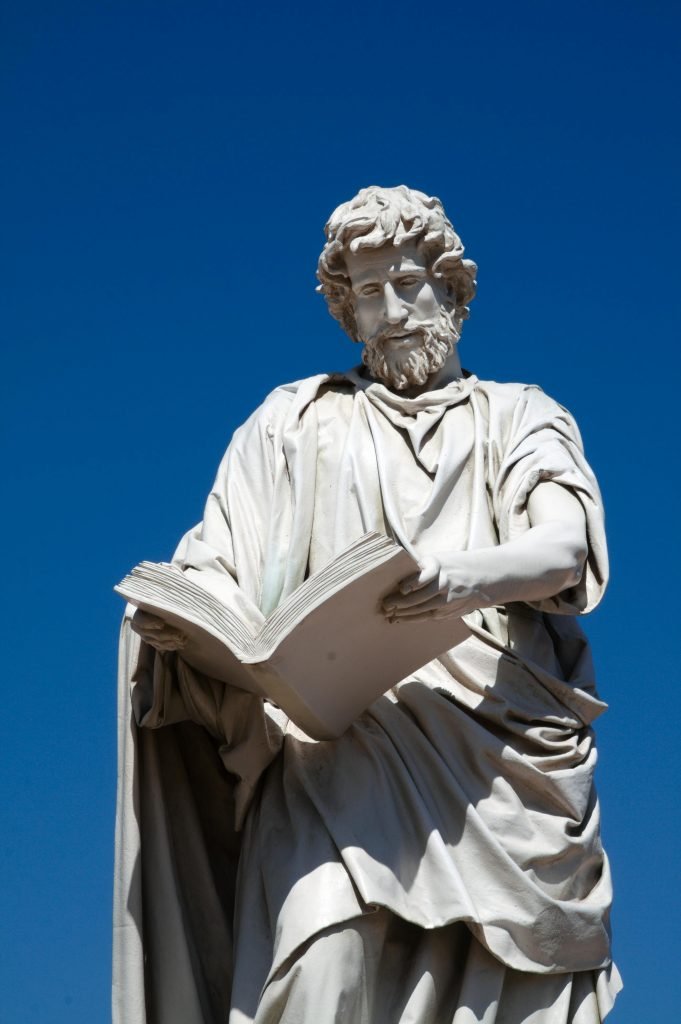
What Happened to Philip After Jesus’ Ascension?
Like many apostles, much of what we know about Philip after Jesus’ ascension comes from church history and traditions.
Some reports indicate that Philip traveled far north to the region of Scythia, which is now part of Ukraine. The duration of his stay there is unknown. However, according to most accounts, Philip was martyred by stoning around eight years after the death of James, the brother of John, in Hierapolis in Phrygia (modern-day Turkey). Regardless, Philip remained a faithful witness to the resurrection of Jesus Christ until his final moments and even unto death.
While much of Philip’s life after the gospels remains unclear, we do know that the saving grace of Christ transformed a man who was once a pragmatic and calculating doubter into a steadfast and outspoken servant of the gospel. He was called by name to establish the church and lead countless souls to the same God who had invited him to partake in the glorious work of building His kingdom.


